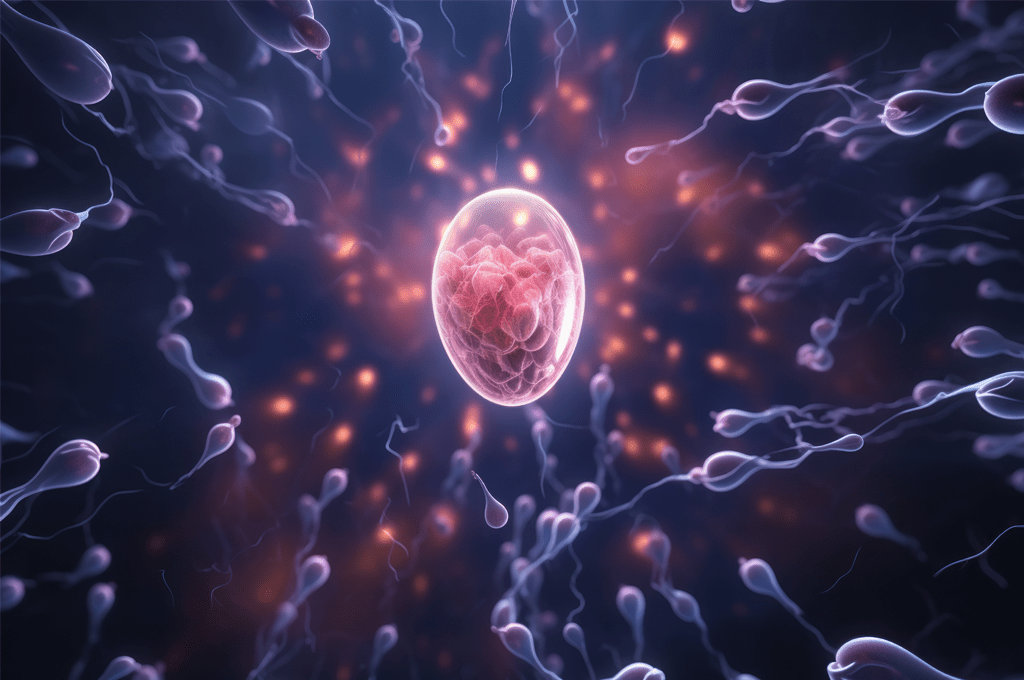Understanding how the egg regulates fertilization
A team of international researchers recently revealed how the egg’s protective coat hardens post-fertilization, preventing additional sperm binding. Cleavage of the protein ZP2 tightens the egg coat structure, blocking sperm penetration. These insights aid in understanding human infertility related to egg coat gene mutations. The research team utilized the advanced techniques available at the SciLifeLab Cryo-EM unit, highlighting the importance of accessible high-end infrastructures.
After a single sperm fertilizes an egg, the protective coat around the egg, called zona pellucida (ZP), becomes hard. Moreover, protein ZP2 (a specific component of the ZP) is cleaved into two pieces by an enzyme released by the fertilized egg, and additional sperm are prevented from fusing with the same egg. Until now, it was believed that cleavage of ZP2 abolished sperm attachment to the ZP, but it was unclear how such a mechanism could also explain the hardening of the egg coat.
It turns out that when ZP2 is cleaved, it makes new interactions with other copies of itself. Additionally, the researchers have determined the structure of the egg coat filament, which is made up of different components. These components intertwine to form a unique double helical shape, with the cleavable part of the ZP2 protein sticking out. This suggests that cleavage of ZP2 tightens the structure of the egg coat mesh by introducing a large number of lateral connections between its filaments, effectively making it tougher and impenetrable by sperm.
“By providing the first high-resolution information on the structure of the protein filaments that make up the egg coat, our work explains a growing number of human mutations causing female infertility. The study thus not only answers a major open question about fertilization in mammals, but also provides a long-awaited framework for understanding human infertility linked to egg coat gene mutations,” says Luca Jovine, Professor at the Department of Biosciences and Nutrition, Karolinska Institutet, who led the study.
“It is extremely important for our infrastructure environment to have researchers such as Luca who bring interesting and important biological questions that can be addressed with various cryo-EM techniques. We hope to continue working together in the future!” says Marta Carroni, Head of Unit at SciLifeLab Cryo-EM.





